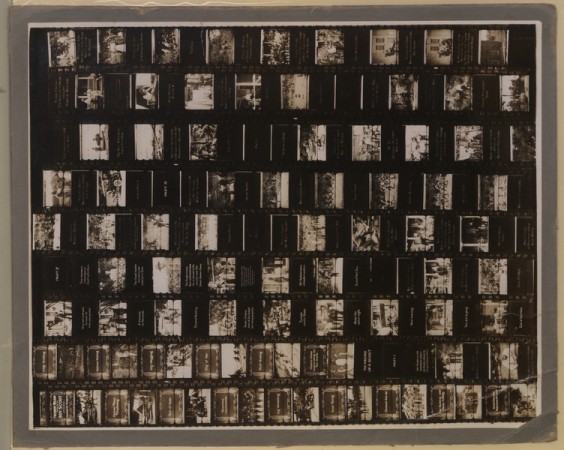Independent Iranian Cinema
by Yaghoub Yadali / October 31, 2014 / No comments
Iranian film works within the limitations of censorship to receive international acclaim.

photo via: Wikimedia Commons
This year, Iranians directed three of the Oscar-nominated foreign films: Reza Mirkarimi directed the Iranian film Today, Batin Ghobadi directed the Iraqi film Mardan, and Afghanistan’s A Few Cubic Meters of Love was directed by Jamshid Mahmoudi. Also nominated was the Azerbaijani film Nabat, whichstars Iranian actress Fatemah Motamed Arya in a practically solo performance. Does this trend indicate that Iranian cinema is hurdling the limitations of censorship to influence Middle Eastern film?

- “Enemy…terrorism…nuclear bomb…war.” These words are often used by American media to describe Iran. The image the media presents is often hazy, incomplete, and distorted. The political and military aspects of my country are covered mainly in a negative light.
- In Under Eastern Eyes (I have adopted the name from the novel Under Western Eyes by Joseph Conrad), I will write about those topics which American media either cannot or does not want to talk about. The emphasis will be on social and cultural aspects of Iran although, out of necessity, I will talk about politics, despite my despair.

- Yaghoub Yadali, born in 1970, is a writer and television director. His first work of fiction, the short-story collection Sketches in the Garden, was published in 1997. It was followed in 2001 by Probability of Merriment and Mooning, which was named book of the year by the Writers and Critics Award. His first novel, The Rituals of Restlessness, won the 2004 Golshiri Foundation Award for the best novel of the year and was named as one of the ten best novels of the decade by the Press Critics Award. He has also published many articles and reviews of literature and cinema in newspapers and magazines in Iran.
Shortly after the invention of cinema, it arrived in Iran and became popular. However, Iranian film did not receive distinguished recognition until about twenty years ago. With a few exceptions, the best films in Iran were merely dubbed versions of Indian or American movies.
Following the 1979 Revolution, bans and limitations were applied to sexual and violent scenes, and so Iranian cinema changed its skin. Slowly, filmmakers realized that they would need to explore new horizons that did not rely on violence or sex. And so, a new generation of filmmakers came of age, creating shining films that won some of the most prestigious prizes in the world: Oscars, Golden Globes, the César, the Palme d’Or, the Golden Lion at the Venice Film Festival, and the Golden and Silver Bear at the Berlin International Film Festival. The works of distinguished Iranian filmmakers, such as Abbas Kiarostami, Bahram Beyzai, Jafar Panahi, Asghar Farhadi, and Rakhshan Bani Etemad, among others, came to the attention of film festivals and schools, as well as other acclaimed international directors. Renowned filmmakers Werner Herzog and Micheal Haneke, along with film critics worldwide, have praised Iranian film as one of the world’s most important emerging artistic cinemas.
International recognition of Iranian cinema is, to a great extent, indebted to the efforts of the independent filmmakers who face painfully imposed limitations on their work. Most of them needed to secure private funding to make their films. Some have never had a chance to show their work in Iran, and others have been banned from making films entirely. Nevertheless, it is the stubbornness, perseverance and tenacity of this group of filmmakers that has produced a dynamic new wave in Iranian cinema, one that ripples throughout Middle Eastern film.




